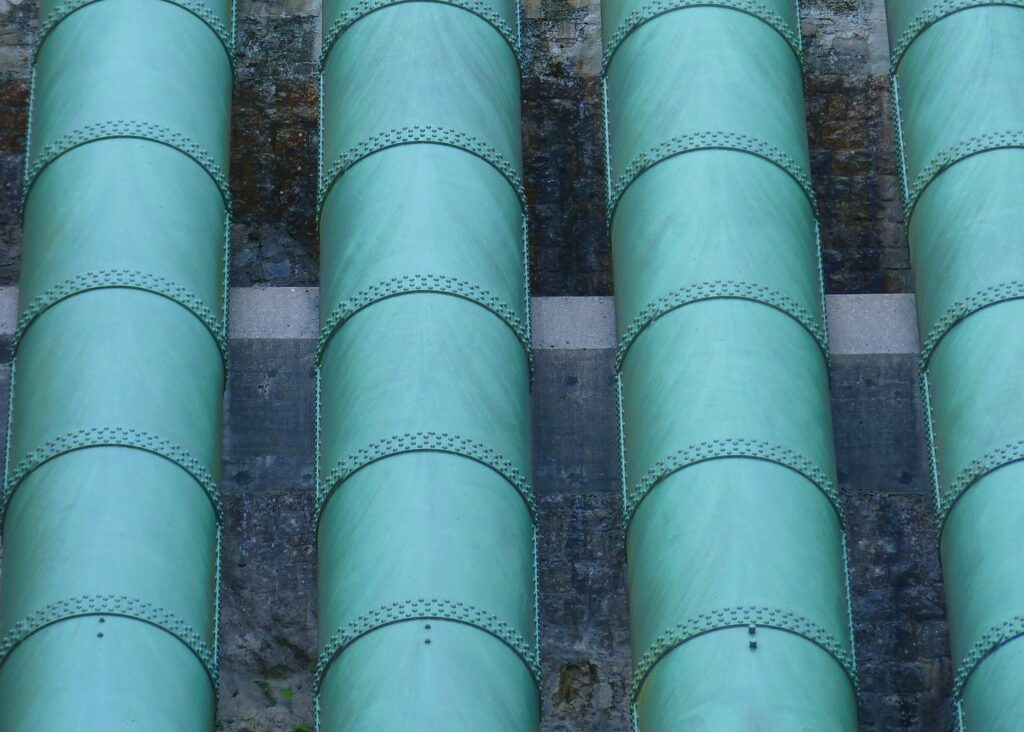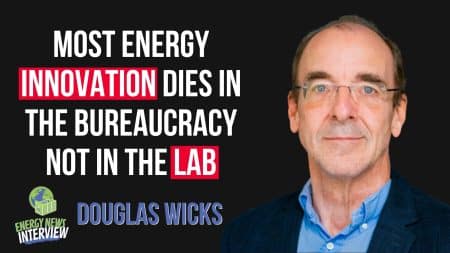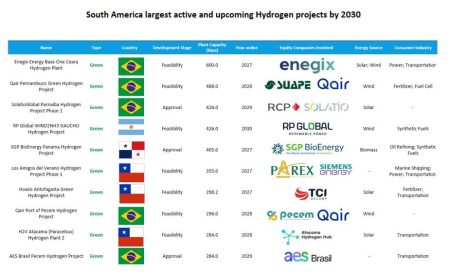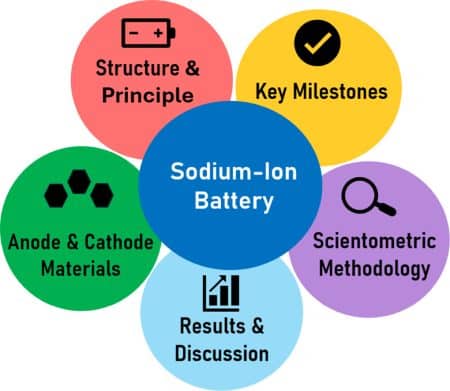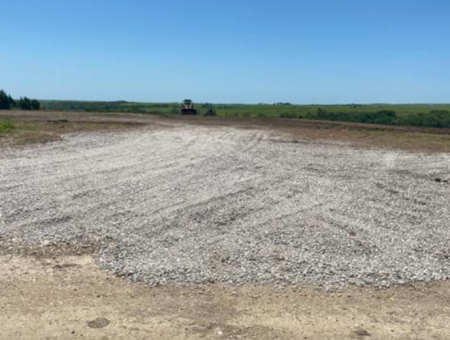In a bid to transition to cleaner energy sources, the exploration of hydrogen blending in existing natural gas pipelines has gained momentum. However, recent research from the Argonne National Laboratory reveals a critical hurdle — the increased risk of pipeline leakage associated with hydrogen blending, potentially limiting its viability in current infrastructure.
The goal of hydrogen blending is to utilize existing natural gas pipelines for hydrogen transportation, reducing the carbon footprint associated with energy transmission. The Argonne National Laboratory’s research focused on blending 30 percent hydrogen by volume into these pipelines. Surprisingly, the results showed only a mild 6 percent reduction in lifecycle greenhouse gas emissions.
The significant revelation was the doubling of pipeline leakage when hydrogen blending reached the 30 percent threshold. This challenges previous estimates that primarily considered reduced emissions during hydrogen production and combustion, overlooking the potential drawbacks related to transmission and distribution.
Argonne senior scientist Amgad Elgowainy emphasized the complex trade-off involved in hydrogen blending. While replacing fossil molecules with green ones is a positive step, the compression footprint and increased leakage offset these benefits. The research indicates that if the flow rate is boosted for the same energy delivery, emissions during transmission with a 30 percent hydrogen blend could rise by 100 percent.
The research findings were presented in a webinar discussing the first phase of the HyBlend initiative, aimed at eliminating hydrogen transportation barriers in gas pipelines. The increased risk of pipeline leakage stands out as a crucial challenge that needs addressing for the successful integration of hydrogen blending into existing infrastructure.
While challenges exist, the research underscores the importance of finding a delicate balance between embracing hydrogen blending for its environmental benefits and addressing the associated risks. Implementing feasible solutions will be crucial to unlocking the potential of hydrogen blending in natural gas pipelines without substantially increasing the cost of energy delivery.

